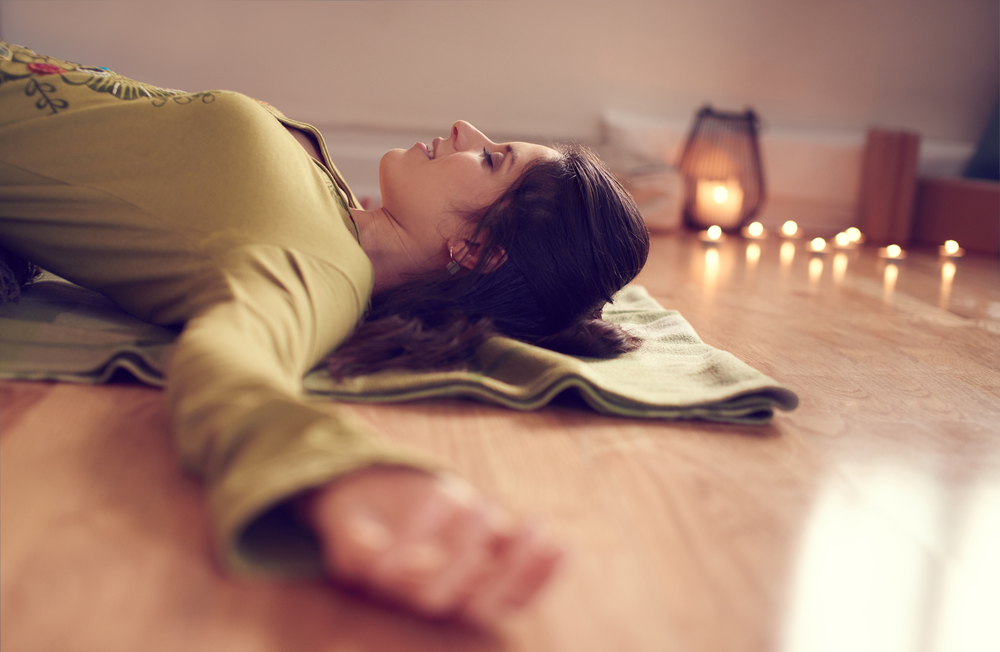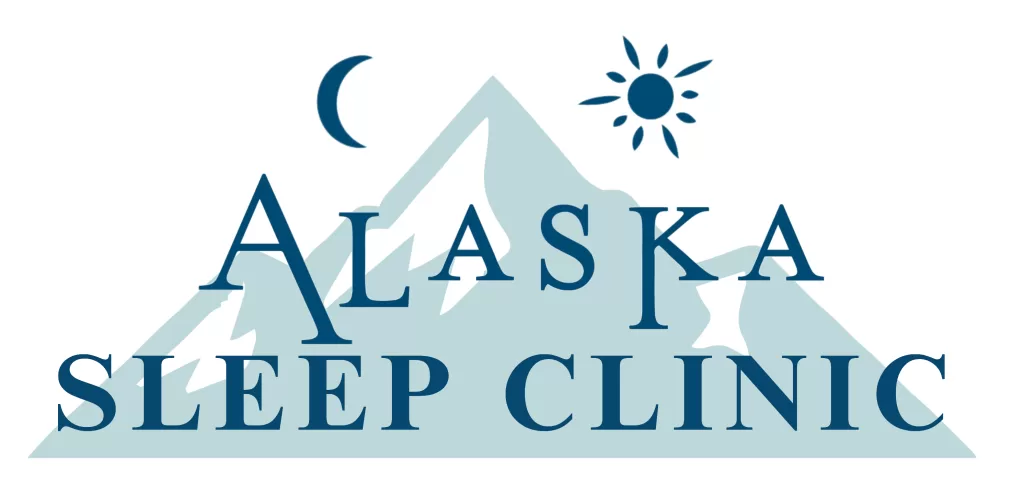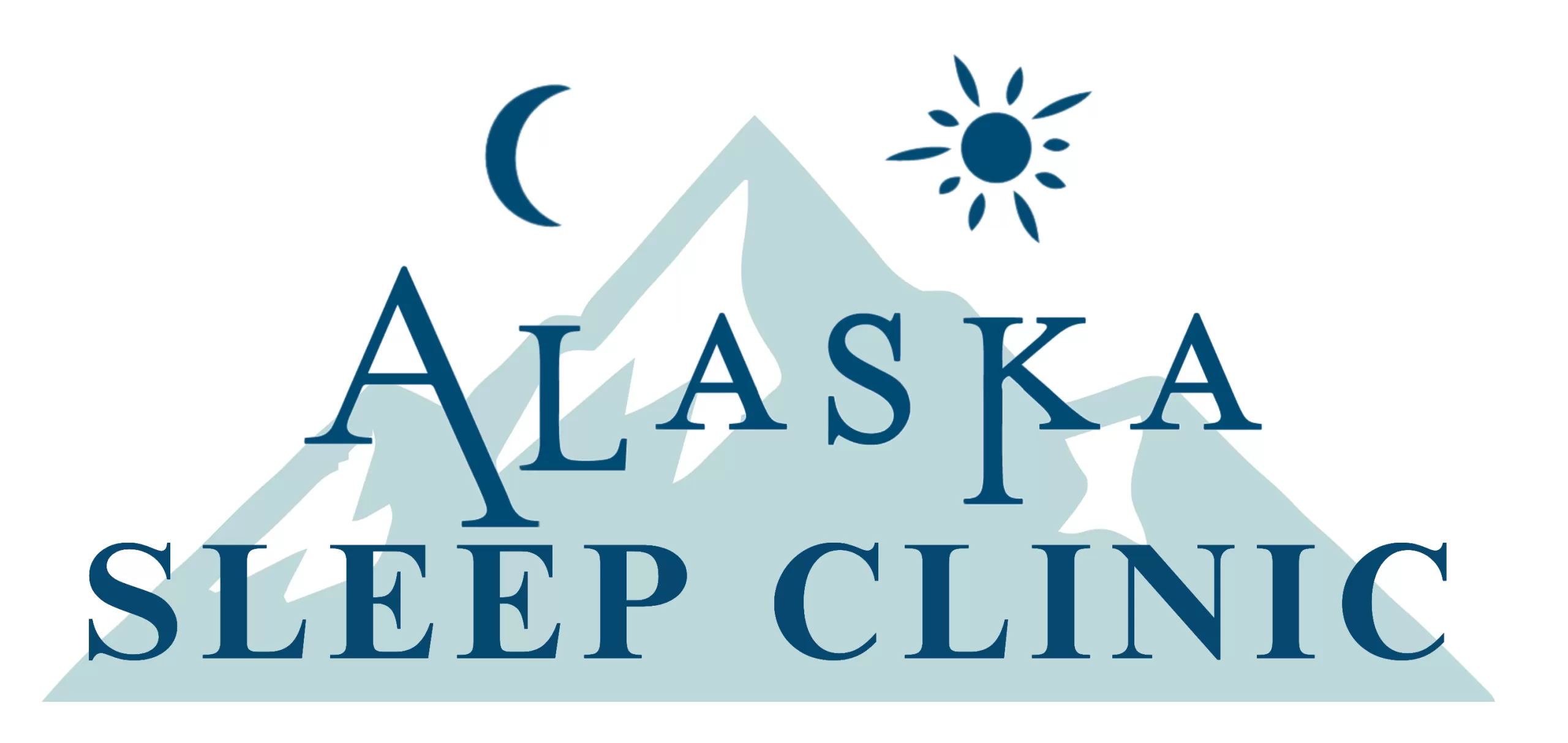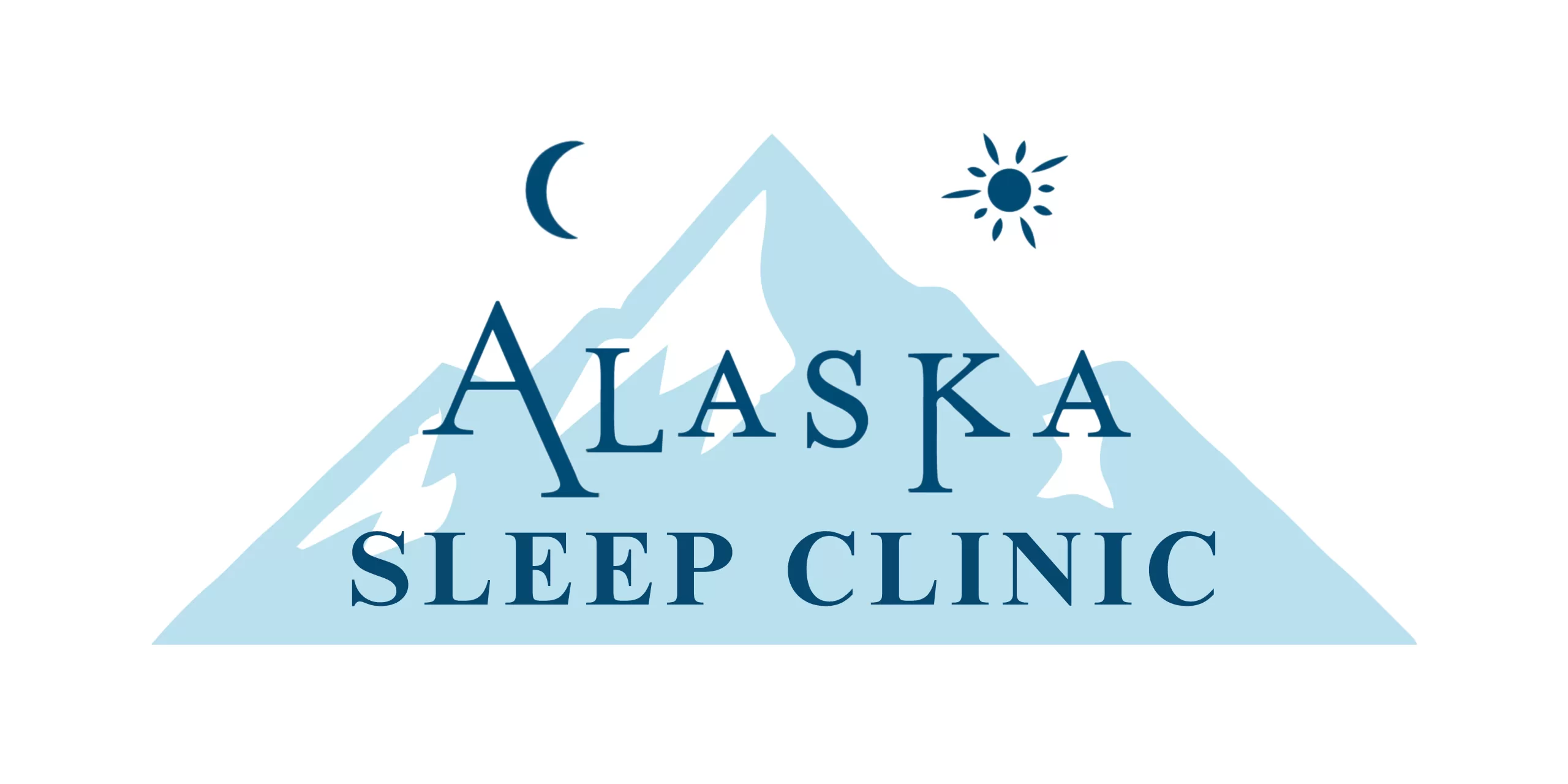
A study has shown yoga practice of as less as only 25 minutes per day for six weeks can improve the subjective sleep status, with improved psychological and emotional well-being. The improvement in sleep quality can be an instantaneous effect in some cases, but it is mostly a long-term benefit of yoga. Studies show that regular yoga practice can:
Improve overall sleep quality.
Resulting in fewer episodes of sleep disturbance.
Reduce the time taken to fall asleep.
Bring down the need for sleep medications.
Reduce snoring interference.
Reduce daytime fatigue-related dysfunctions.
How yoga benefits long-term sleep quality
Yoga has a beneficial effect on different functions and organs of your body. When these benefits are continued for an extended period, the long-term sleep quality is improved. A regular yoga practice fetches the perfect blend of physical exhaustion and stimulation of different regions of your brain, which eventually lead to sound sleep.
Yoga tires your mind and body to promote sleep
The yoga exercises and stretches exhaust your muscle tissues. As they are exhausted your body detects the need to repair these tissues. Repairing automatically needs nutrients, and for the synthesis of these nutrients, your body needs to go through the metabolic activities that take place during your sleep. Thus the physical exhaustion will automatically trigger your mind into entering the stages of sleep.
Yoga keeps your mind stress free for sound sleep
Stress not only increases the production of the stress hormone cortisol but also disrupts the balance of many other hormones and chemicals, important to proper sleep.
In yoga, there are several hand gestures that on hold for a few minutes can stimulate your hormone-secreting glands, metabolic activities, and the CNS, for proper functioning. These are some simple yoga mudras for better sleep. With proper interactions of hormones, chemical reactions, and neural stimulations, stress is effectively managed, and thus sleep is promoted.
Yoga promotes sleep with neurological benefits
Yoga poses can train both your Peripheral nervous systems and Central nervous system, and further the sympathetic and parasympathetic nerves. A better performing overall nervous system will have improved cognition, concentration, awareness, and mindfulness. These key benefits will allow you to focus on falling asleep, managing stress, and staying away from distractions.
Further, efficiently functioning sympathetic nerves and parasympathetic nerves will optimize functions like constriction of pupils, light sensitivity in the eye, contraction, and relaxation of heart muscles, constriction and relaxation of lung airways, and stimulate metabolic activities in the abdominal region. Your sound sleep will heavily rely on the healthy functioning of these mechanisms.
Yoga regulates your cardiovascular health for sleep
Regular yoga exercise keeps your heart and cardiovascular systems inappropriate health required for sound sleep. Yoga maintains proper autonomic nervous functions, metabolic rates, and hormonal activities that generate optimum heart rate and blood pressure.
A proper heart rate and blood pressure will alleviate stress and increase nutrition to the body tissues. Eventually promoting a healthy state of body and mind for sleep. A disorder of the cardiovascular system can also cause disturbance as you sleep.
Yoga monitors proper respiration for sound sleep
Regular yoga training stimulates autonomic nerves and cardiovascular functions to enrich the respiratory activities during the day and while you sleep. With proper respiration, your body will get the healthy amount of oxygen required for different chemical processes within your body; chemical processes that are integral to your sleep.
An obstructed breathing due to constriction of the airways and air passages can also cause disturbance to your sleep; sleep apnea and snoring are two common examples. Reducing snoring with yoga exercises is the easiest way you can work in order to improve the quality of sleep.
Yoga optimizes the hormones and chemicals required for sleep
On the basis of many of the functions and benefits mentioned in the previous points, lies the role of different sleep-promoting chemicals and hormones. Yoga regulates such chemicals and hormones for sound sleep.
Yoga can have an impact on a chemical called Adenosine, the buildup of which tends to increase sleep pressure. Yoga poses have also shown influence on neurotransmitters involved in the sleep process, like GABA, orexin, serotonin and acetylcholine.
Yoga also has a strong impact on sleep-regulating hormones like melatonin, cortisol, adrenaline, norepinephrine, HGH, leptin, and ghrelin. These hormones and chemicals together regulate a complex system of signaling in your brain that manages the sleep-wake homeostasis and the circadian alerting system.
7 Yoga Poses You Can Do on Bed for Sound Sleep
We have already discussed the benefits and functions of yoga that lead to sound sleep. However, think of the timing of the practice as well. As some poses can be practiced during any time of the day, whilst some poses are better practiced in the morning. In the context of meals, some yoga poses can be practiced post-meal, whilst some mandatorily require practicing on an empty stomach. To rid you of this confusion, let us stick with the sleep-benefiting poses that you can perform before bedtime, irrespective of everything else.
Child’s pose
The child’s pose will benefit your sleep by influencing the hormonal and metabolic activities in your body. The child’s pose is extremely useful in optimizing your blood pressure and reducing your stress levels.
Kneel down on your bed
Keep your knees and feet joined
Keep your upper body straight
Bend and fold your knees, and sit back on your heels
Raise your hands straight overhead
Bend forward all the way to touch your chest to your knees.
Rest your hands on the bed but keep your hands extended over your head.
Reach farther from your head with your hands, and stretch your upper body and shoulders
Slightly push downwards with your chest and rest your head on the bed.
Breathe consciously and hold the pose for 30 seconds to a minute.
Modification: Keep a bolster or pillow in front of you and rest your body and head on it. Hug around the bolster or pillow, and grip it nicely. Alternatively, you can simply put a small cushion under your forehead to rest your head.
Extended puppy pose
An extended puppy can be put in sequence with the child’s pose. This pose retains all the benefits of the Child’s pose and adds an extra layer of muscle flexibility and nervous stimulation. An extended puppy will also help enhance respiratory functions.
Get into the child’s pose.
Now from the child’s pose slide forward with your arms extended in front and chest pushed down.
Slide forward to a point where your buttocks come off your heels and in the air, and your thighs are at 90 degrees to the bed.
Ideally, your hips should come up over your knees.
Hold this pose for about 20-30 seconds and slide back to the child’s pose and release.
Modification: You won’t be able to use the bolster in this pose like you would in the child’s pose. Instead to facilitate the sliding you can use a yoga wheel. You can also stretch out your legs at the back, straight with your heels over your toes.
Cobra pose
Cobra pose will lay the foundation of CNS stimulation to your sleep yoga routine. This pose will benefit the complex neural activities required in your brain to establish the sleep stages. The cobra pose will also provide the much-needed muscle exhaustion for sleep. Cobra pose is also beneficial to your cardiovascular and respiratory systems.
Lie on the bed, with the front of the body to the bed.
Keep the legs hip-width apart.
Place the palms against the bed by the sides of the chest.
Push against the bed and arch up your body.
Keep arching up till the hands straighten, and chest and head faces the front.
Press the shoulders firmly down, and push out the chest.
Feel the spine arching evenly from the lumbar region to the top.
Keep the pelvis touched to the bed.
Hold the pose for 5 breaths and repeat the pose thrice.
Modifications: Remember you will not be able to perform this pose if your mattress has very soft and plush cushioning. You will need firm bedding. Also before arching up, you can place your hands by the sides of your head. The hand placement varies from person to person, especially depending on the length of the spine.
Reclining bound angle pose
Reclining the bound angle pose will help you relieve your stress and anxiety before going to bed. This pose will enhance blood flow, hormonal activities, and metabolism activities.
Sit in a staff pose.
Bend and fold up your knees.
Open your knees on either side and let your knees fall toward the bed.
Don’t touch the bed with your knees, maintain a little gap between your knees and the bed.
As you let down your knees on either side, join the sole of your feet together.
After your legs are wide open in a bound angle pose gradually recline back.
Recline back all the way till you are lying on the bed.
Extend and relax your arms straight at the sides of your body.
Breathe comfortably and rest for 30 seconds in this pose. You can go up to a minute.
Modification: As you lie back recline on a bolster. You can place the bolster such that your entire backrests on it, or you can simply slide it under your lumbar region to lift the lumbar curve, and drop down your shoulders on the bed.
Supine spinal twist
Supine spinal twist stimulates your autonomic nervous functions that play a critical role in sleep stages. The supine twist will also improve your respiratory functions for better oxygen management, and abdominal functions for chemical activities.
Lie supine on the bed.
Extend both your arms straight, outward, at the sides of your body.
Bend and fold up your right knee.
Take your right foot to the left side of your left knee.
Place the right foot against the left side of your left knee.
Hold your right knee with your left hand, and pull the right knee towards the bed on your left, to create a twist in your torso.
Pull down your right knee till it touches the bed.
Extend the right arm towards the right, and keep your upper body-centered.
Breathe comfortably and hold the pose for 7-10 breaths.
Repeat the twist on the other side
Modification: With an example of when you twist to your left side with the right arm extending out, place a pillow under the right arm and a pillow under your knees on the left side.
Wind relieving pose
Wind relieving pose will essentially boost your digestion that will aid the metabolism of your body. The wind-relieving pose will augment your cardiovascular functions, especially your cardiac movements.
Lie supine on the bed
Keep your legs joined.
Bend and fold up your knees.
Draw them closer to your body, to touch the chest with your knees.
Hug your knees firmly pressing them against your chest.
Breathe consciously, and lift up your head to bury it between your knees.
Hold the pose for 10 seconds, and repeat the pose thrice.
Modification: You can rest your head on a pillow. You can also try the pose with one leg at a time, while the other leg stretched straight normally.
Corpse pose
The corpse pose is a very holistic pose that has some degree of benefit to every existing mechanism in your body. However, the efficiency of this pose depends largely on your ability to concentrate and focus.
Lie down on the bed, supine.
Slightly extend your legs, wide apart.
Stretch out your arms at the sides of your body, and let them rest.
Close your eyes and breathe consciously.
Focus on each muscle group in your body.
As you focus on each muscle group, inhale deep.
Concentrate and focus on relaxing the muscle group.
Continue this pose till you have covered relaxing all the muscle groups in your body.
Do not forget systematic breathing.
You can occasionally deep breathe.
Modification: You can cover your eyes with a towel to reduce exposure to light, and combine the pose with scent therapy and music therapy.
Conclusion
Yoga can be a great way to wind down at the end of the day and get some sleep. If you use a yoga routine before bed to calm your mind and relax your body, you put yourself in an excellent position for a good night’s rest. Follow these seven yoga tips to get better sleep.
Sleep is important and a lot of people don’t sleep as well as they should. If you or a loved one live in Alaska and have chronic sleep issues, call Alaska Sleep Clinic for your FREE sleep assessment @ 907-420-0540.











